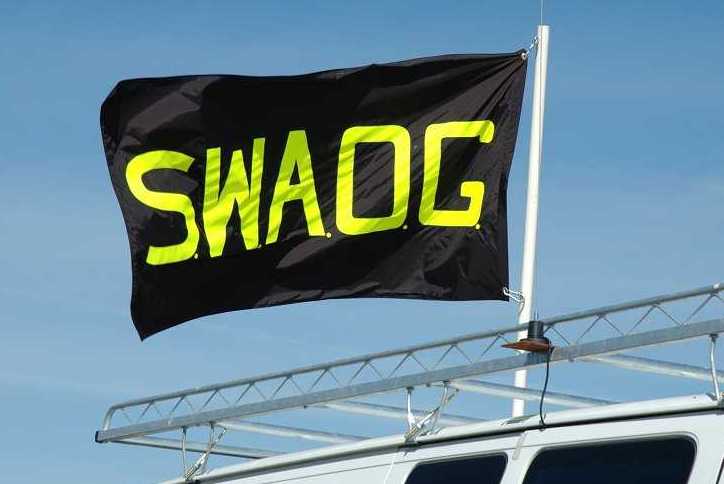

Charles Messier (June 26, 1730 - April 12, 1817)
Charles Messier was born in Badonviller, Lorraine (France), where he grew up in humble conditions. He went to Paris at age 21, where he was employed by Nicholas Delisle, Astronomer of the Navy, who also introduced him to astronomy. Messier worked with and, in 1765, succeeded Delisle as Astronomer of the Navy, a position he kept throughout his life.
Messier specialized on comet hunting, and observed 44 of them during his professional life (plus at least one - the great comet of 1744, described by De Chéseaux - which he had observed from Lorraine in young years). Of these he had originally discovered 13, and independently co-discovered another 7.
His most important work, however, was the compilation of his Catalog of Nebulae and Clusters of Stars, which he created in order to list those nebulous objects which might be easily confused with comets, in the telescopes of his days. The final published version of the catalog contained 103 entries, but the modern version of this list has been extended to 110 objects, the seven additional objects added from notes of Charles Messier and Pierre Méchain, who at that time collaborated with him. Of these deepsky objects, Messier originally discovered 39 or 40, and independently re- (or co-) discovered at least 10; Pierre Méchain originally discovered 29 and co-discovered 1 of the objects in Messier's catalog.
Charles Messier has been honorerd by naming a moon crater after him; moon crater Messier (1.9S, 47.6E, 11.0 km diameter) was officially named in 1935. In 1996, asteroid 7359, discovered on January 16, 1996 by M. Tichy at Klet Observatory, and provisionally designated 1996 BH, was named "Messier"; it had already been observed previously, and designated 1978 WR14 and 1989 WT1. The proposition of Lalande to name a constellation after him, Custos Messium, has been a short episode only; Custos is longly extinct.
Links
- Charles Messier images, NGC/IC observers page
- Some Charles Messier info, Yann Pothier
- Jean Baptiste Joseph Delambre, 1827. Histoire de l'Astronomie au dix-huitièmme siècle [History of Astronomy in the Eighteenth Century]. Bachelier (Successor of Mme. Ve. Courcier), Paris. P. xxxix, 767-774.
- Kenneth Glyn Jones, 1969. The Search for the
Nebulae -- VIII. Journal of the British Astronomical Association, Vol. 79,
No. 5 (1969), p. 357-370.
The Search for the Nebulae -- IX. Journal of the British Astronomical Association, Vol. 79, No. 6 (1969), p. 450-459. Additional Section on Messier: p. 450-452. Reprinted in: The Search for the Nebulae. Chalfont St. Giles, 1975. - Kenneth Glyn Jones, 1991. Messier's Nebulae and Star Clusters. 2nd ed, Cambridge University Press. For biography-related stuff, in particular p. 343-72.
Each year in March, it is possible to see all of the Messier Objects in one night.
This year, the best time is March 17th. Individuals and astronomy groups often participate in "Messier Marathons" this time of year to see just how many Messier Objects they can see in one night.
Our friend Scanner Dave has once again provided us with a great Messier Marathon list for this year.
Thanks Dave!
Dave's List (in PDF) and his web site suggestion.
